Two microscopic lifeforms joining to become one being may not seem like the most exciting scientific development, but this one moment changed life on Earth forever.
Researchers announced that they have discovered exactly how complex life, including plants, animals, and even humans, first evolved. Every living thing came from one moment when two lifeforms became one around a billion years ago.
Evolution at the Microscopic Level
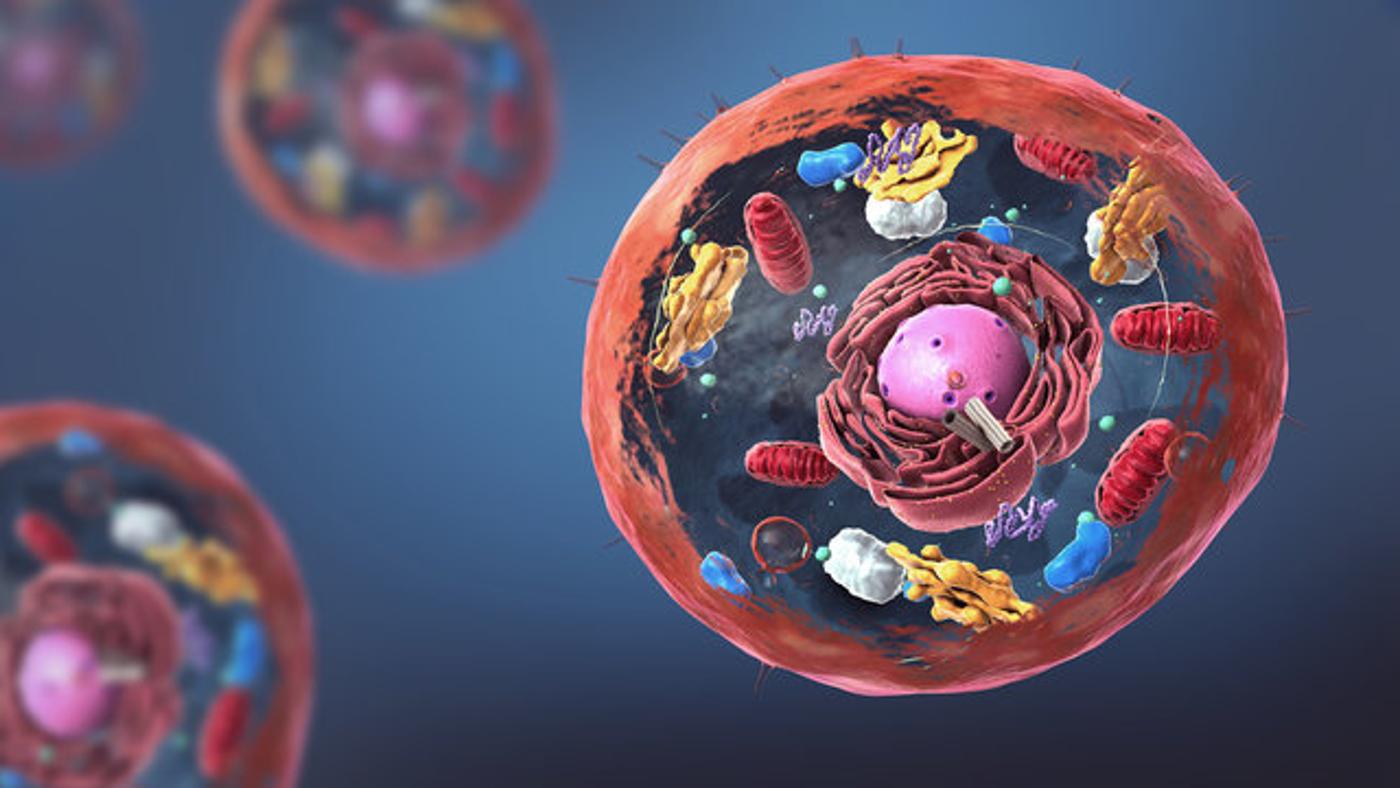
When we think of the big evolutionary jumps over the course of history, one may imagine fish learning to walk on land or apes losing their hair. However, the fundamental significant changes happened at a microscopic level.
In particular, one of the most prevalent evolutionary changes occurred within just one nearly invisible cell.
What Is Primary Endosymbiosis?
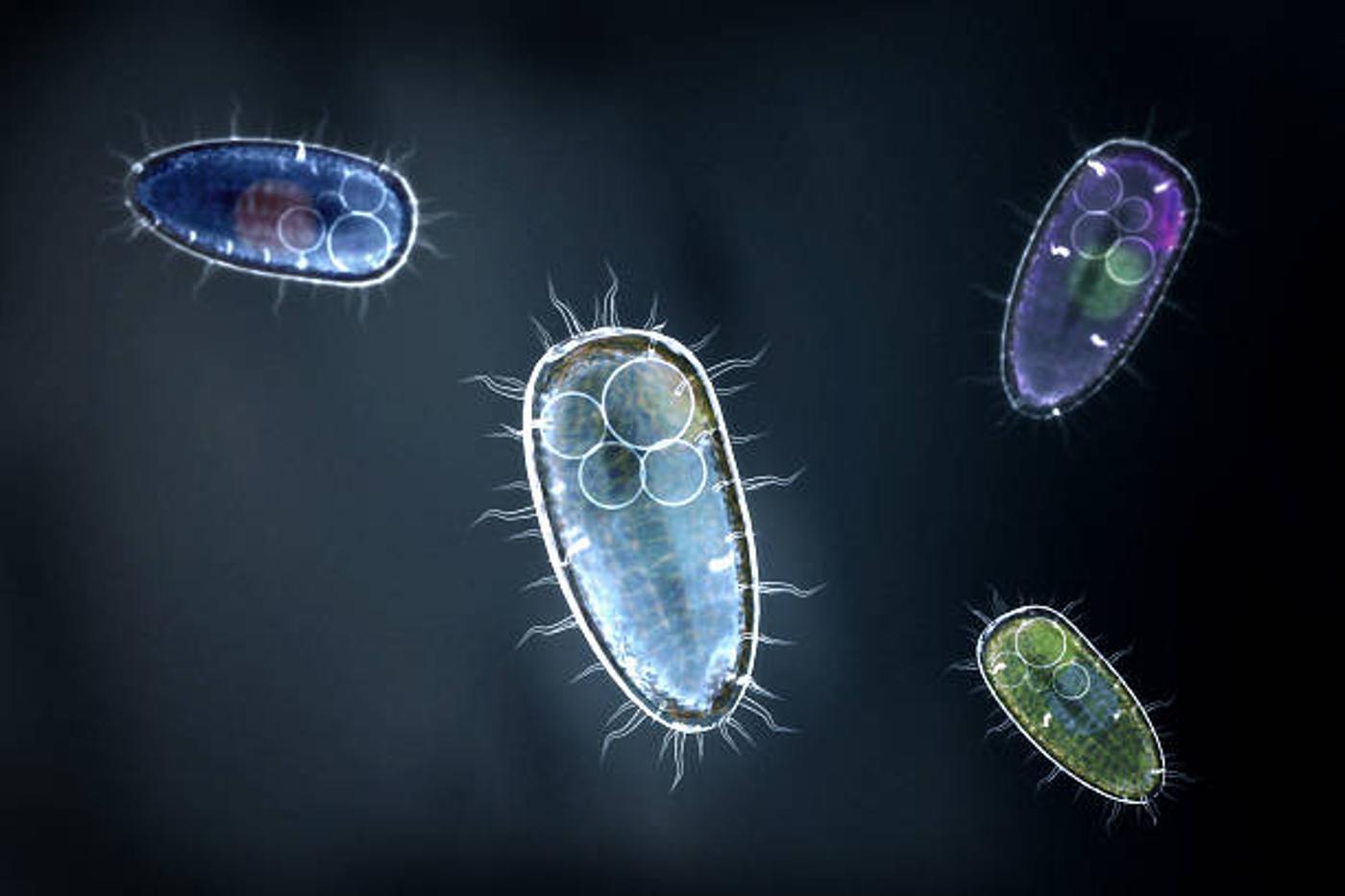
Scientists have long understood that complex life truly began in one specific moment when two organisms merged to form one life form.
For years, they have studied this process, known as primary endosymbiosis, to determine how many times it has occurred in nature and what it created each time. However, it is incredibly challenging research, as forcing two organisms to become one is nearly impossible.
The First Example of Primary Endosymbiosis
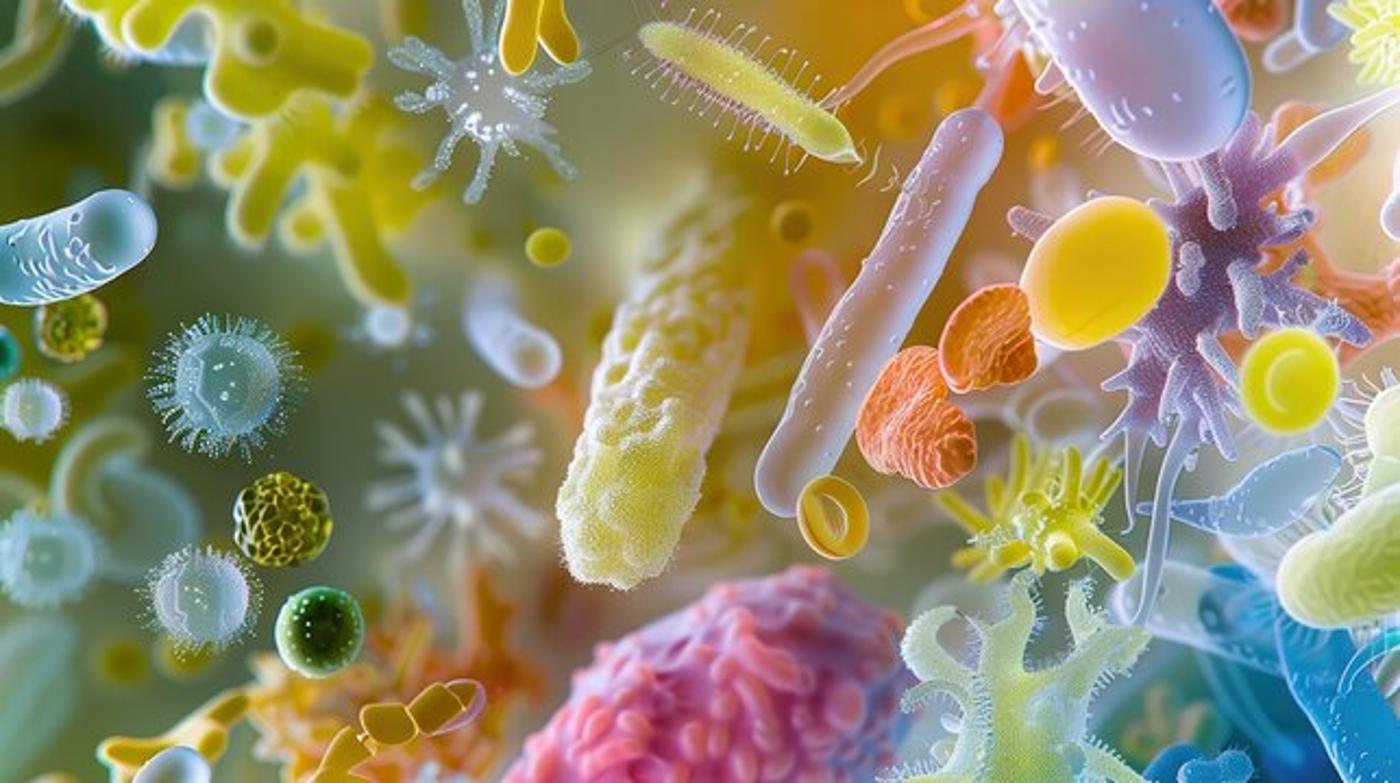
They now theorize that the first example of primary endosymbiosis occurred about just over two billion years ago. At that time, scientists believe a single-celled organism, called an archaea, swallowed a bacterium.
Once inside the archaea, the bacterium formed a new organelle, or subcellular structure, that became known as the mitochondria.
The “Powerhouse” of the Cell

The formation of the mitochondria, also known as the powerhouse of the cell, allowed for the development of complex organisms, as the mitochondria generates most of the chemical energy required to power the cell.
Tyler Coale, a co-author of the Cell study from the University of California, Santa Cruz, explained, “Everything more complicated than a bacterial cell owes its existence to that event.”
Primary Endosymbiosis Happened Again One Billion Years Later
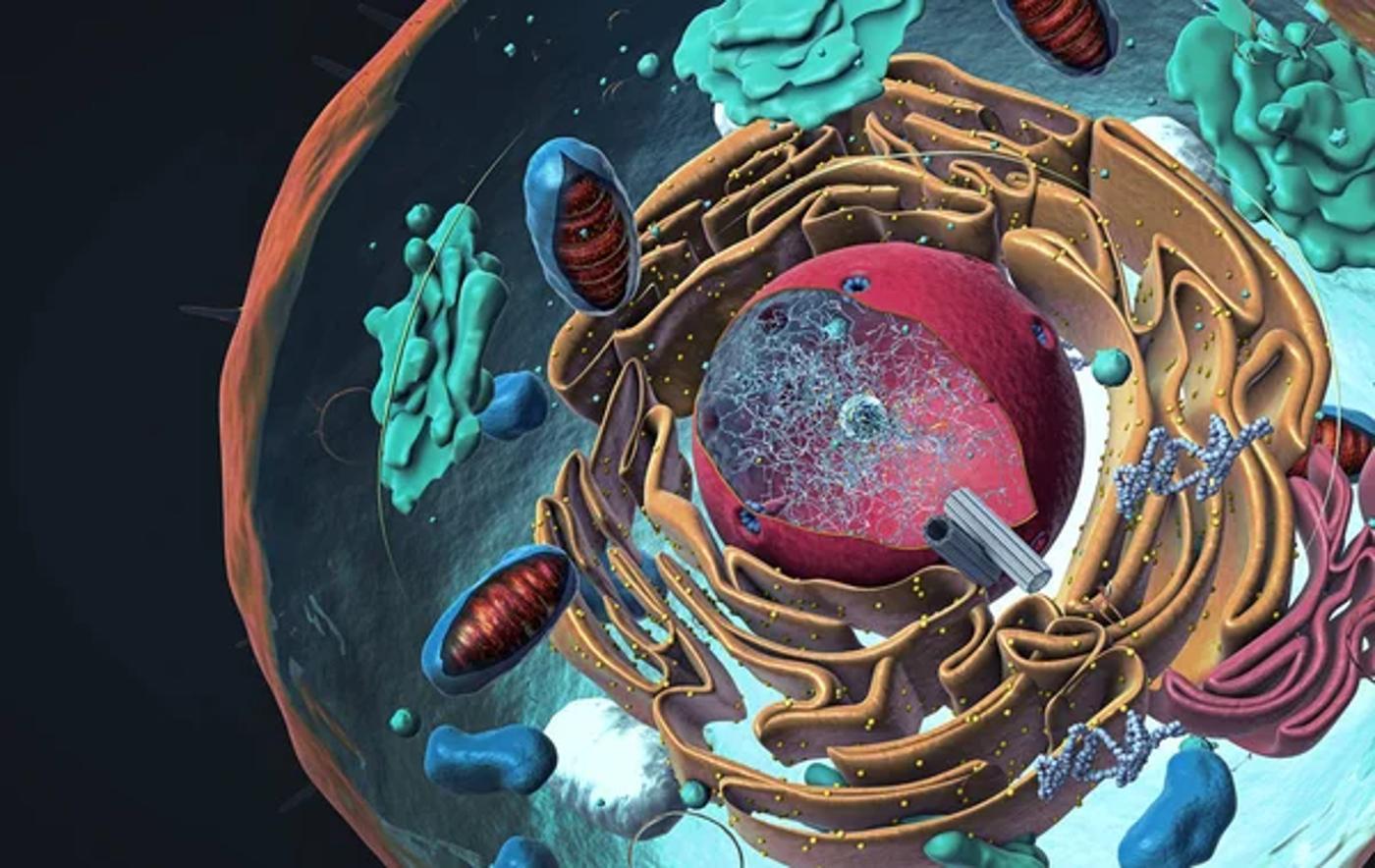
That first example of primary endosymbiosis set the stage for complex life, but the next time it occurred, something almost equally exciting happened.
About one billion years ago, a more advanced cell absorbed a cyanobacteria. Like the bacterium more than one billion years prior, the cyanobacteria became an organelle within the cell, an organelle that changed everything.
The Very First Plant

What’s especially interesting about this example of primary endosymbiosis is that, before merging, cyanobacteria had the ability to collect and utilize energy from the sun.
Therefore, when it was absorbed, the cyanobacteria created chloroplasts within the cell, which meant the entire cell could then harvest energy from the sun. The development of chloroplasts directly led to the first green plants that could perform photosynthesis, changing the world forever.
How Did Plants Change the World?
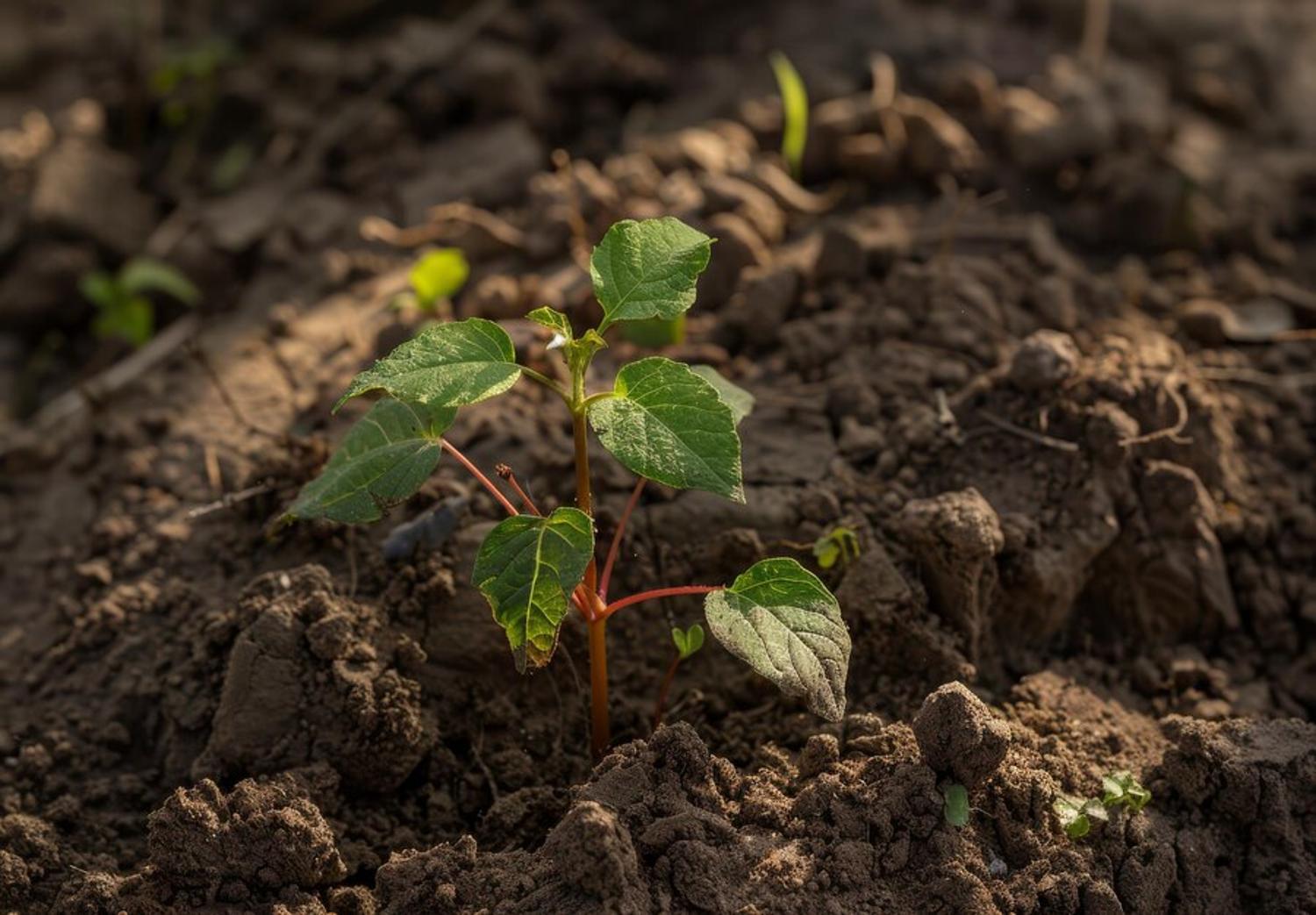
After chloroplasts were born and the first plants evolved, our planet changed forever. Photosynthetic life drastically altered the Earth’s atmosphere with the production of oxygen.
This oxygen in the air then led to the formation of soil, which furthered the evolution of plant life, and eventually the development of all animals and, of course, the human race.
Primary Endosymbiosis Is Happening for a Third Time
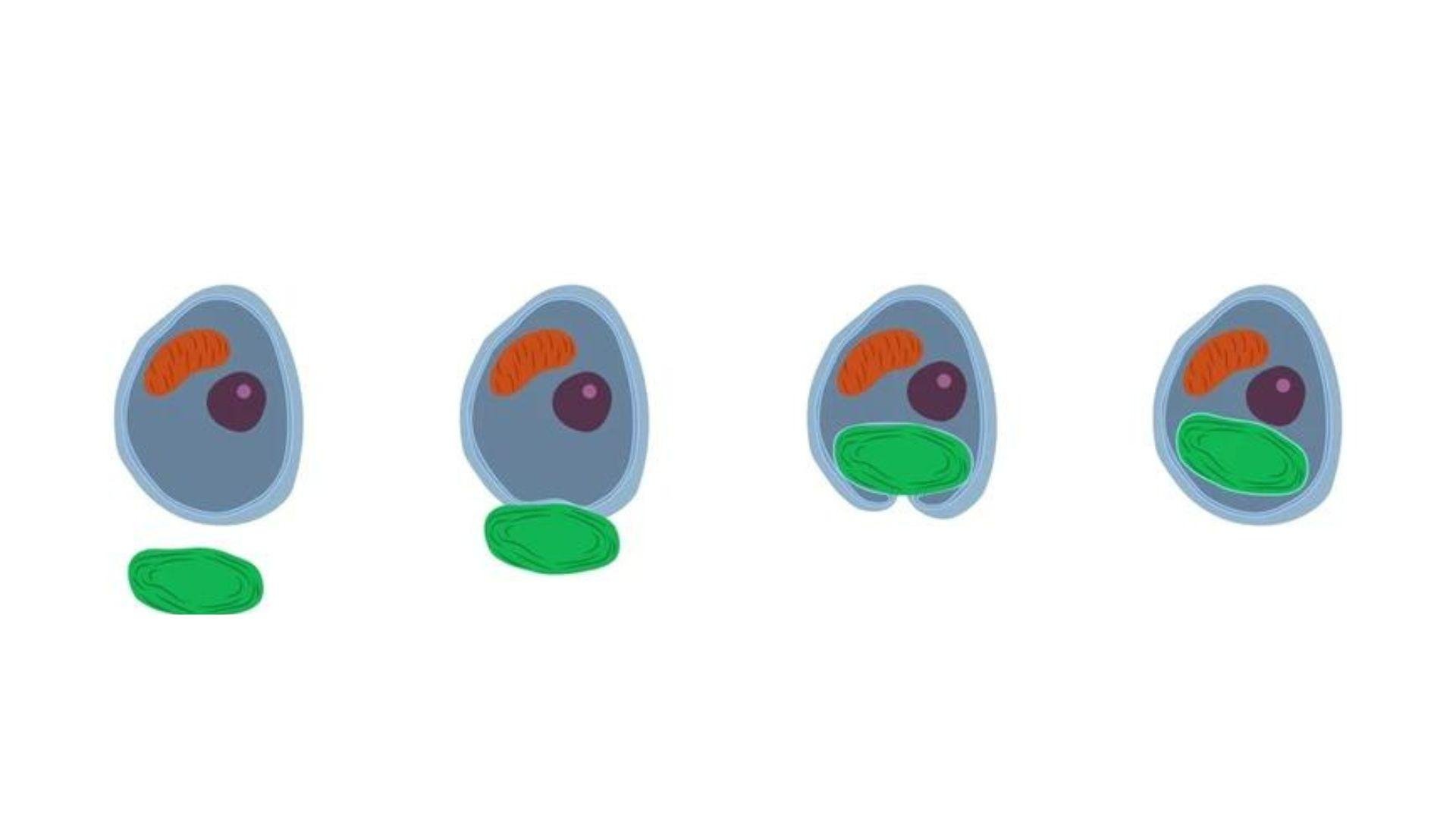
Now, Coale and his colleagues believe that primary endosymbiosis is happening again, more than one billion years after the second time and two billion years after the first.
Within their study, they noticed that a certain species of algae has engulfed a cyanobacterium that has given the plant a kind of superpower.
The Algae’s New Superpower
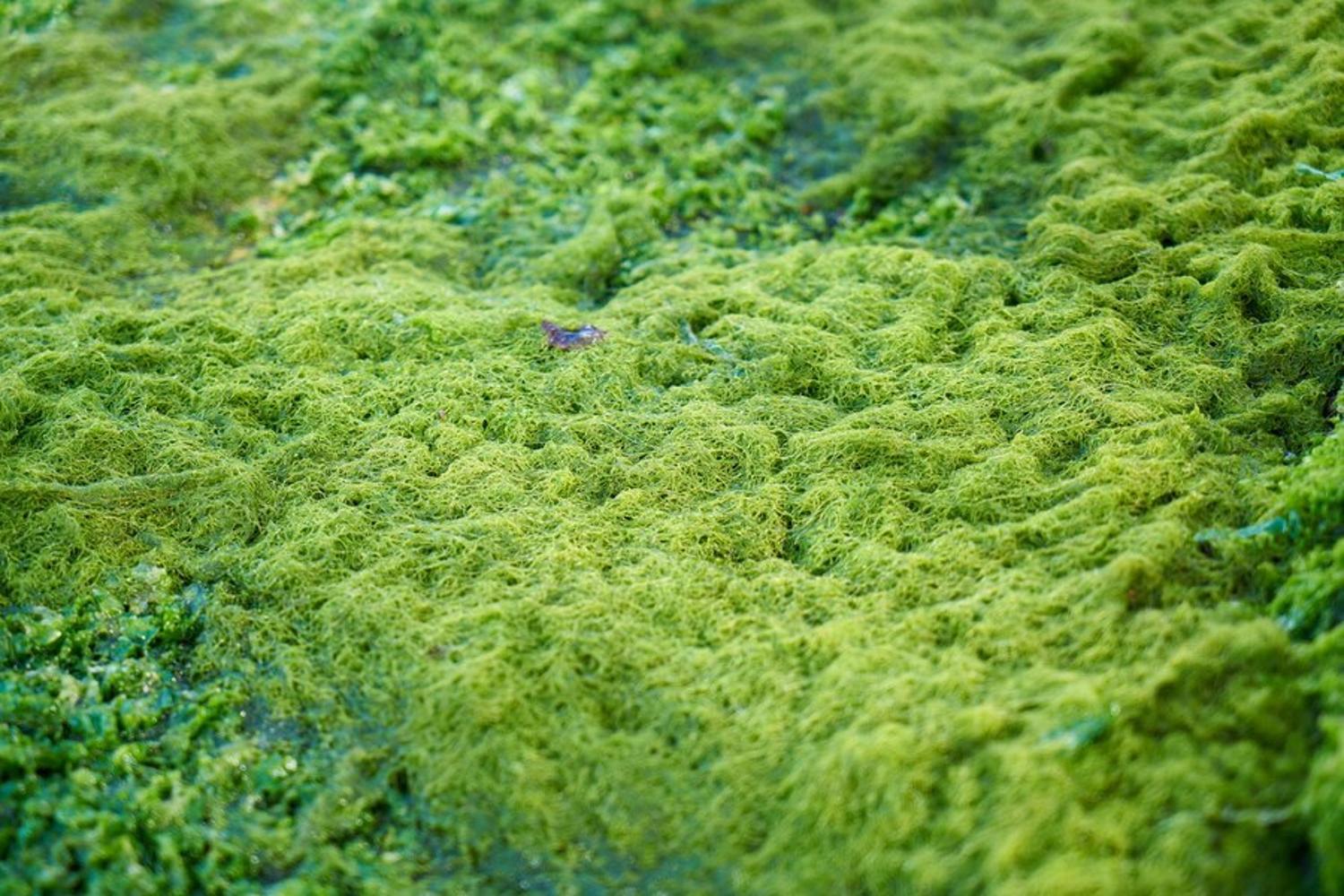
The algae, called Braarudosphaera bigelowii, seems to be using the cyanobacterium to “fix” nitrogen straight from the air, something that no other plants can do.
Typically, plants get their nitrogen through mutual relationships with bacteria, but in this case, the algae doesn’t need a separate organism to obtain the necessary nutrient.
The Third Example of Primary Endosymbiosis Is Still Just a Theory
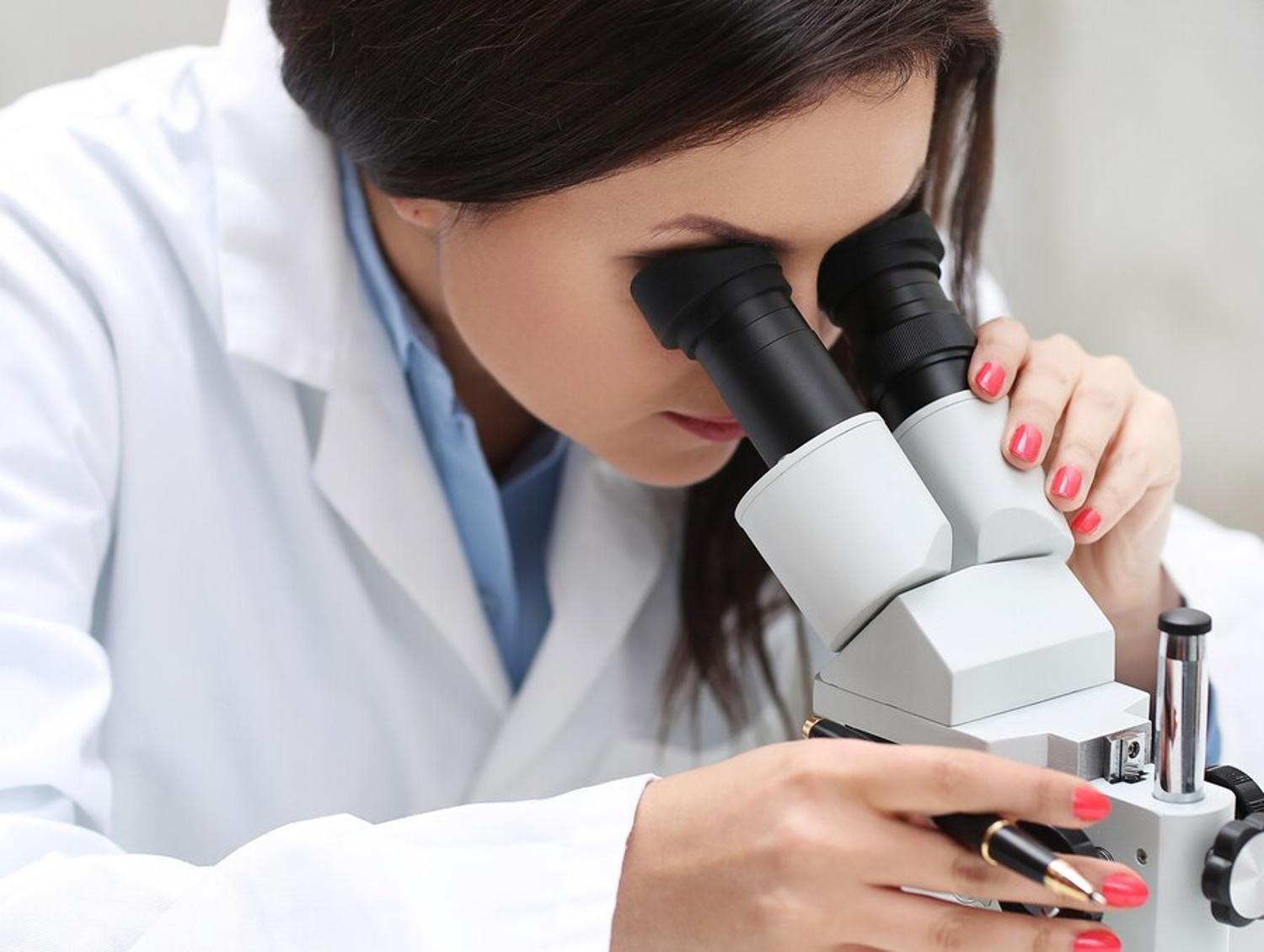
The researchers are working to confirm their theory that the algae has a new organelle that can collect nitrogen from the air, and if they do, it will prove that primary endosymbiosis has happened once again.
As Coale explained, “It’s very rare that organelles arise from these types of things.” However, he and his team believe that their research will show that’s exactly what has happened.
Engineering Nitrogen Fixation to Improve Crop Growth
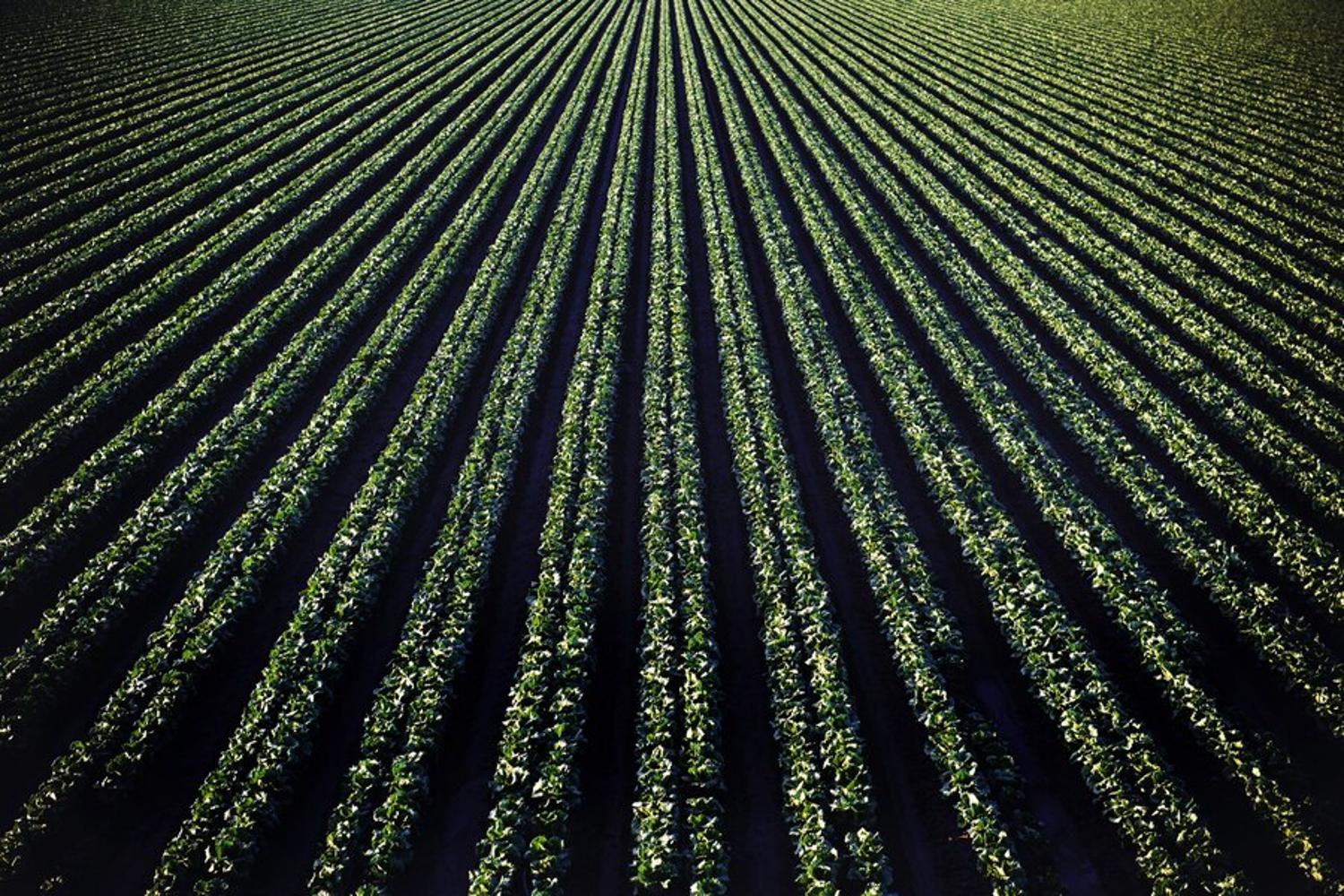
The idea that primary endosymbiosis has happened again and in our lifetime is certainly one of the most exciting developments in cellular biology of all time.
But maybe even more excitingly, scientists believe that they can use this algae and its rare absorption of another organism and the development of nitrogen fixation to improve crop growth and possibly ensure the world never experiences food scarcity. In other words, this, like the other examples of primary endosymbiosis, could change the world.








































